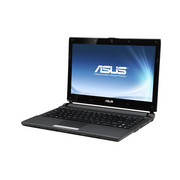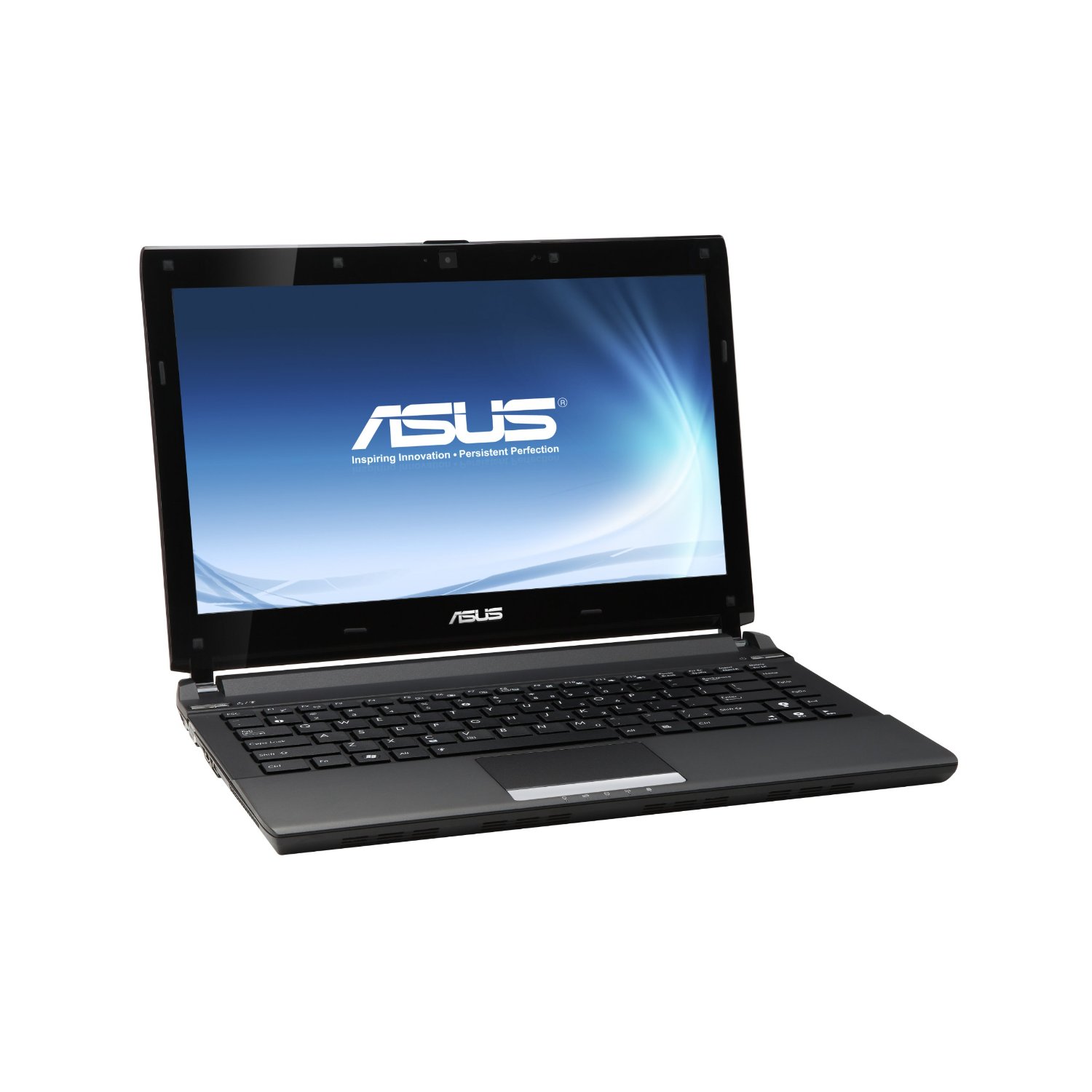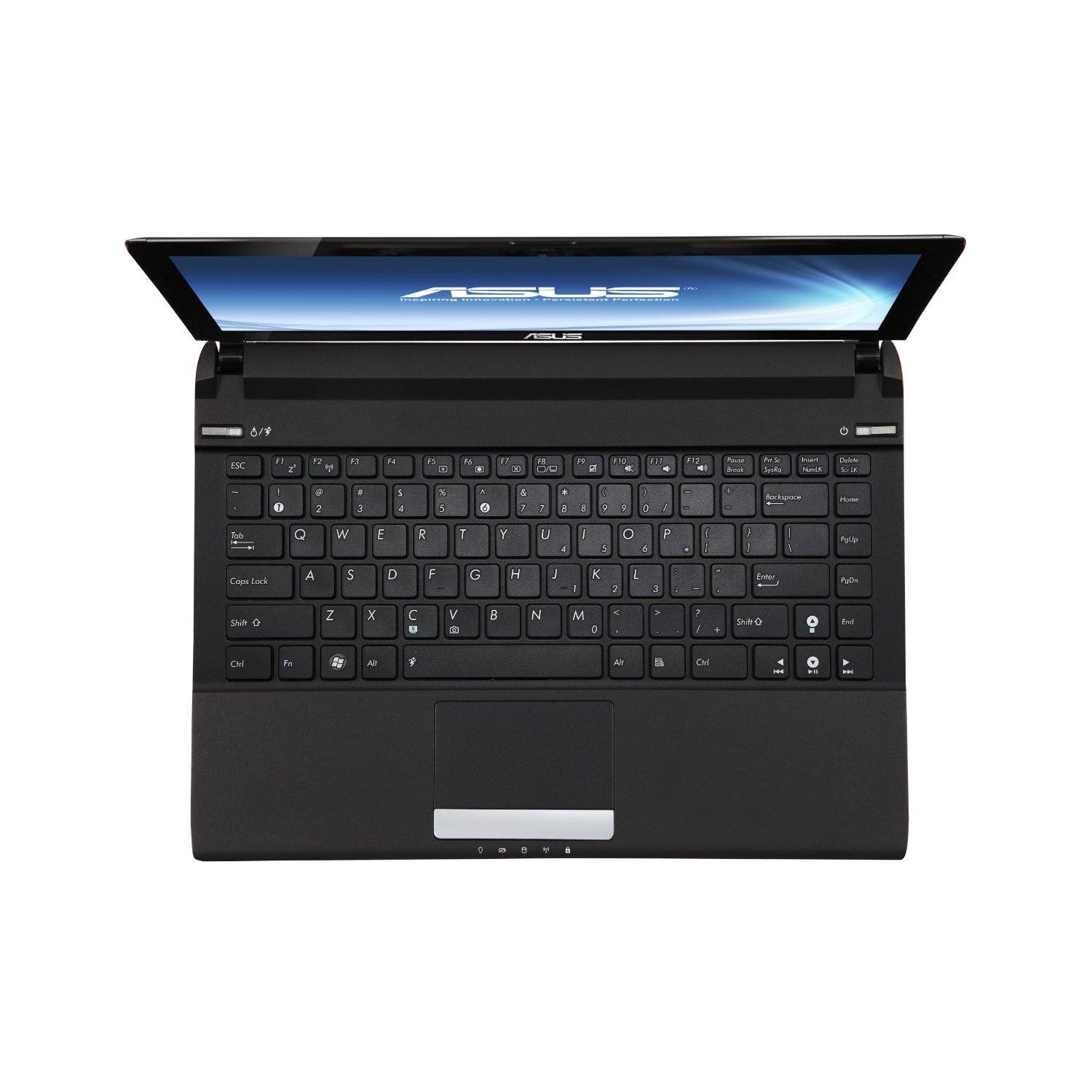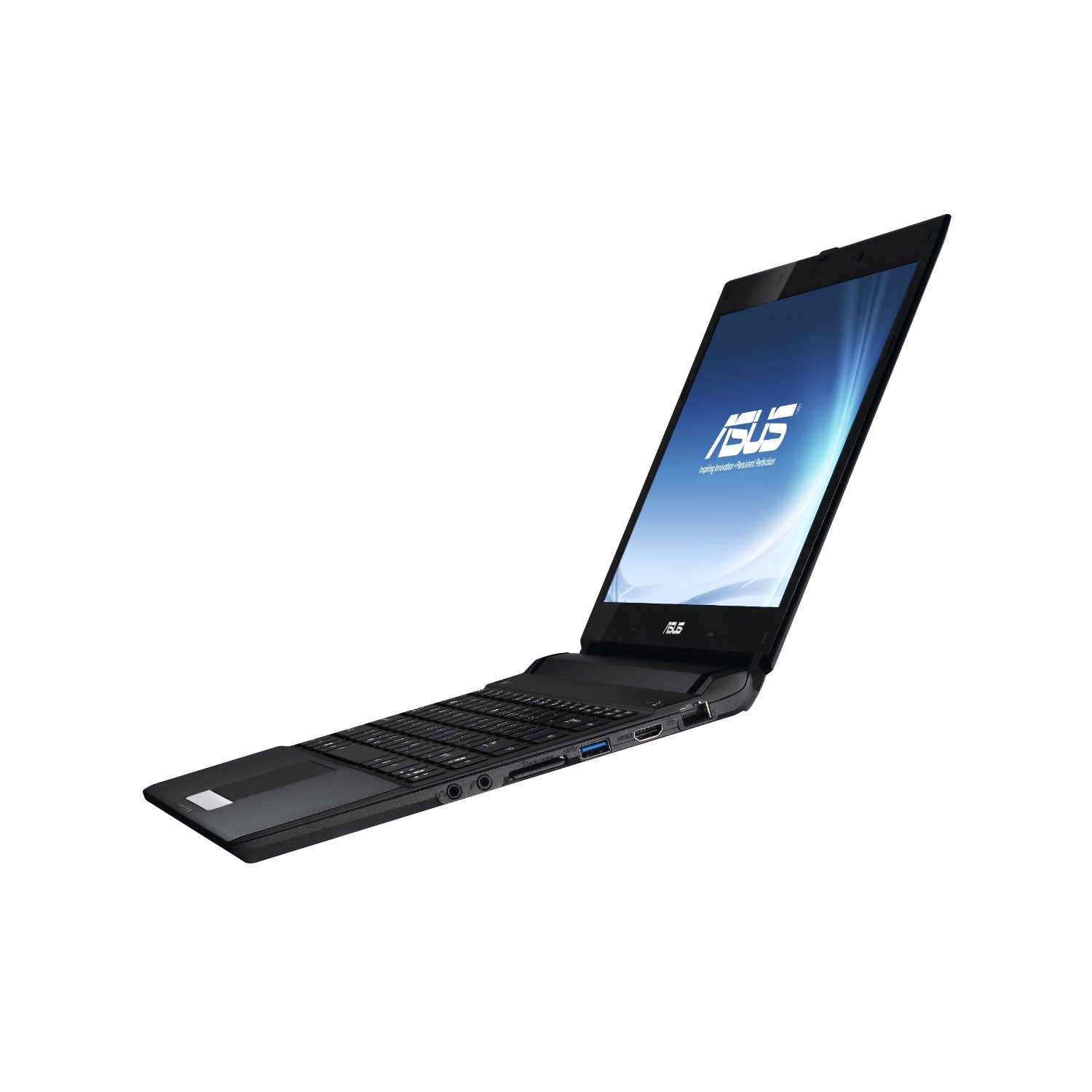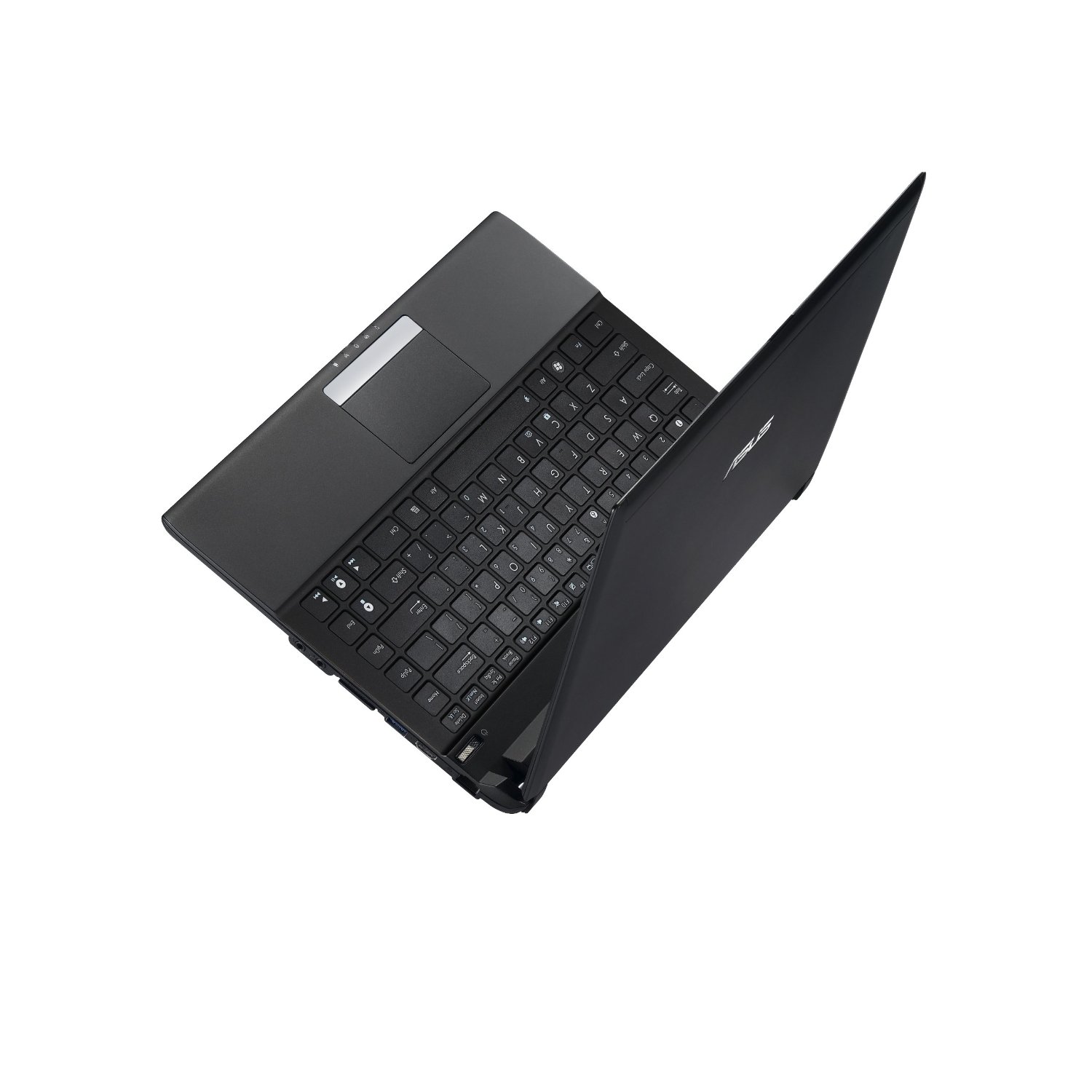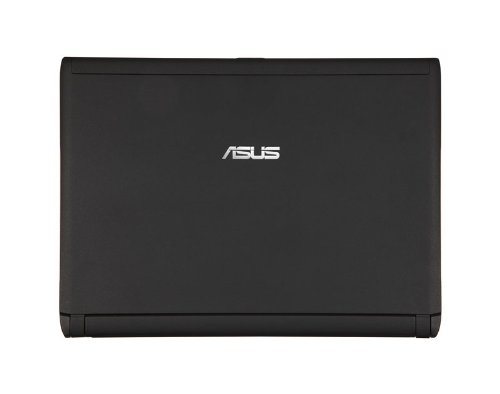Asus U36SD-A1
Specifications
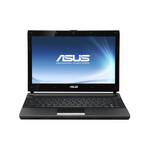
Price comparison
Average of 3 scores (from 4 reviews)
Reviews for the Asus U36SD-A1
Source: Laptop Mag
 Archive.org version
Archive.org versionOverall, we mostly like the U36SD-A1. For $899 you get a swift Core i5 processor and Nvidia graphics in a sexy, svelte frame. Plus, this laptop provides nearly 8 hours of endurance. Where this ASUS notebook falls a little flat is its tinny speakers and stiff touchpad button. Nevertheless, if you're in the market for an ultraportable with great looks and power to spare, the ASUS U36SD-A1 is a good buy.
Single Review, online available, Long, Date: 09/30/2011
Rating: Total score: 70%
Source: Hardware Canucks
 Archive.org version
Archive.org versionWe’ll freely admit to sometimes beating around the bush with these conclusions but ASUS has made this one easy for us. The U36SD fits perfectly within its intended niche and offers up some surprising performance numbers as well. There really isn't anything more we could possibly want out of an ultra portable.
Single Review, online available, Long, Date: 09/27/2011
Source: Comp Reviews
 Archive.org version
Archive.org versionThe ASUS U36SD-A1 is a step between the ultrathin laptops with reduced features and performance and a standard 13-inch laptop. Its less than one inch thich frame makes it highly portable and its standard laptop processor and parts give it solid performance. It offers a huge hard drive but no DVD drive as well.
Single Review, online available, Short, Date: 09/22/2011
Rating: Total score: 80%
Source: Techreview Source
 Archive.org version
Archive.org versionBattery life, despite having more power than the average ultraportable, was surprisingly good at between 8:30-9:30 hours. This was about 2 hours better than the ultraportable category average. One particular comparison comes to mind: the Apple MacBook Air, which averages around 6 hours of battery life.
long battery runtime, silent, bad viewing angles of mirroring display, bad speakers, high price
Single Review, online available, Very Short, Date: 10/03/2011
Rating: Total score: 80%
Comment
Series: In many reviews, the display is described and valuated negatively It is characterized dark and very glossy. Especially positively mentioned are the mobility features, the combination of thin construction, low weight and long battery runtime. Optimally, use these models in trains, buses or public buildings or when you have to switch between several rooms with the laptop. Not suited are bright gardens.
NVIDIA GeForce GT 520M: Entry level graphics card based on the new GF119 chip with a 64 Bit memory bus or on the GF108 with 128 Bit memory bus but lower clock rates.
Non demanding games should be playable with these graphics cards.
» Further information can be found in our Comparison of Mobile Graphics Cards and the corresponding Benchmark List.
Intel Core i7: The Intel Core i7 for laptops is based on the LG1156 Core i5/i7 CPU for desktops. The base clock speed of the CPUs is relatively low, but because of a huge Turbo mode, the cores can dynamically overclock to up to 3.2 GHz (920XM). Therefore, the CPU can be as fast as high clocked dual-core CPUs (using single threaded applications) but still offer the advantage of 4 cores. Because of the large TDP of 45 W / 55 W, the CPU is only intended for large laptops.
2620M: Very fast Dual-core processor based on the Sandy Bridge architecture with an integrated graphics card and dual-channel DDR3 memory controller. » Further information can be found in our Comparison of Mobile Processsors.




